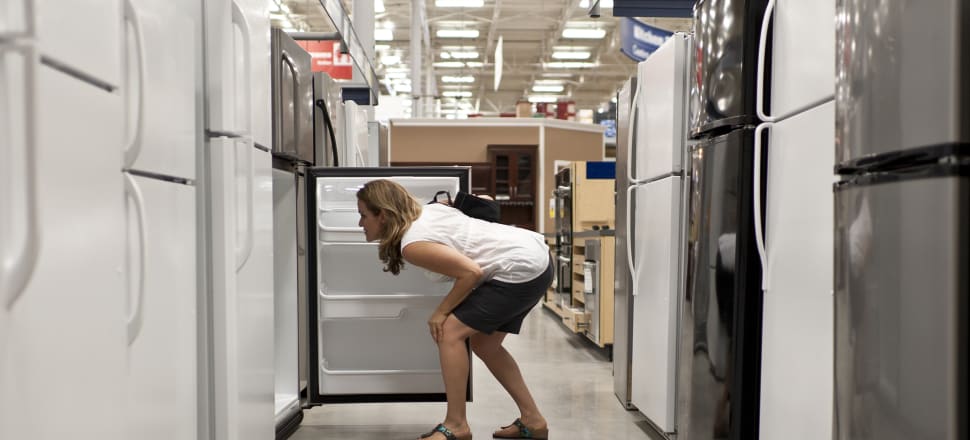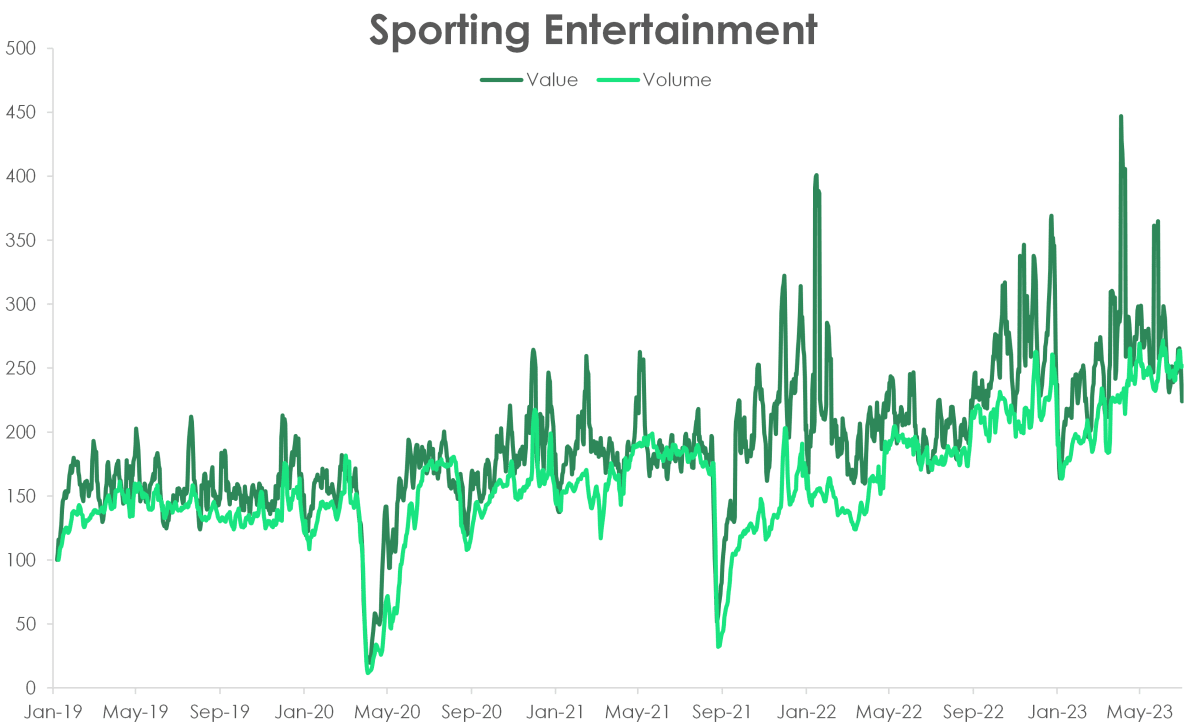
Not everyone will be pleased the RBNZ's drastic measures to cool the economy appear to be working
A few economists would have breathed a sigh of relief this week when the Reserve Bank announced, as expected, it was keeping the official cash rate at 5.5 percent. Phew, a boring afternoon. "Snoozefest", as one put it.
Double relief that after almost two years of lifting interest rates any chance it got, the RBNZ is indicating it’s happy that its moves to cool the economy and bring inflation under control are working.
"The Reserve Bank today played the straightest of bats," says BNZ head of research Stephen Toplis. "In keeping its cash rate at 5.5 percent it just about said “read our last statement, nothing has changed”.
READ MORE: * Flagship store closes as NZ retailers suffer 'challenging' downturn * There has to be a better way to measure a recession
But of course plenty has changed, and cooling an economy is a decidedly mixed blessing; whether it’s good or bad depends very much on who you are. If you are a homeowner with a big mortgage and a tight budget it’s (hopefully) a sign your repayments – and your broccoli – will stop getting more expensive.
But if you are someone with no debt and a chunk of savings in the bank, or if you own a manufacturing company, a retail store, or a hospitality business, this might be a sign of tougher times to come.
The numbers are already showing some signs of the impact a cooling economy could have on business. Kiwibank’s latest household spending tracker, released this week, was entitled “Bye bye, big spender”.
“The willingness to splurge is waning,” wrote senior economist Mary Jo Vergara.
Not a disaster, but certainly a sign of softening.
The household spending tracker aggregates Kiwibank customer credit and debit card data over a quarter and allocates each purchase to a particular category, depending on where the spending happened – ‘grocery’ if someone tapped their card at Moore Wilson’s, ‘home contents’ if it was in Noel Leeming.
Then it reports the figures by value (total dollars) and volume (the number of individual purchases).
“The broad theme is households are pulling back on discretionary, non-essential purchases,” Vergara tells Newsroom. “But inflation is still present, so the dollar value of the spend continued to rise – up four percent over the last quarter.”
‘As consumer demand weakens and stock needs to be cleared, we could be in for some discounting.’ – Mary Jo Vergara, Kiwibank
Food prices were up, and petrol spending spiked 67 percent in the last three days of June, just before the fuel excise duty was reinstated. But demand for home contents and furnishings fell 6 percent compared with last year, and is sitting 3 percent below pre-Covid levels. Entertainment spend fell 4.2 percent over the quarter, and although people bought 7 percent more movie and other tickets than they did a year ago, the totals are still 20 percent lower than pre-Covid.
New Zealanders made 6.4 percent fewer clothes purchases than this time last year, and spent 6 percent less on them. Apparel (and other retail) spend could fall further this year, Vergara says. When supply chains failed because of Covid, shops built up their stock levels; now they’ll be looking to clear their warehouses.
“As consumer demand weakens and stock needs to be cleared, we could be in for some discounting.”
Which is good for inflation, and for consumers, but not great for business owners who will see their margins squeezed.
One big discretionary spend item bucking the trend, at least in part, is international travel, as the graph below shows. Kiwis are on the move again, big time, although even that seems to be easing off. Over the quarter, the volume of flight bookings is up 2 percent but the value of that spend is down 4.5 percent.

The economy is definitely slowing, says ANZ chief economist Sharon Zollner, but there is a question about how rapidly that happens and how much of a tailwind there is to slow down the slowdown, so to speak.
“We expect lower retail volumes, but the fear factor is missing,” Zollner says. “It’s not like in the GFC [global financial crisis], when everyone went into hunker-down mode.”
Consumer confidence actually rose in June, according to the ANZ-Roy Morgan monthly survey. Confidence lifted six points to 85.5; although that is still a very low level, it’s the highest since January last year.
And the general gloom appeared to be lifting somewhat, with an increase in the number of people who thought things were going to get better over the next 12 months and the next five years – though still from a low starting point.
“There might be a feeling the worst has passed,” Zollner says, though how much of that is sentiment and how much reality remains to be seen.
One major factor in improving consumer confidence is the Reserve Bank calling time on rates hikes, Zollner says, confirmed by the ‘no move is good news’ decision this week.
‘Perceived job security is still off the charts, and wage growth historically strong, but they are coming off.’ Sharon Zollner, ANZ Bank
“Increasing expectations that house price falls are done and dusted could also be a factor, though that certainly isn’t good news for everyone.
“But quite possibly the biggest factor is a fall in inflation expectations. It’s difficult to overstate how much people hate inflation … lower inflation expectations signal we’re likely to see consumer confidence continue to rise over the coming months, barring any nasty surprises.”
On the negative side, there is the potential for unemployment rates to start to climb, bringing added insecurity and closing consumer wallets.
“Perceived job security is still off the charts, and wage growth historically strong, but they are coming off,” Zollner says.
Infometrics chief forecaster Gareth Kiernan says there have been mixed signals coming out of the economic data over the last six to nine months, but the picture is becoming clearer.
“Over the last couple of months I’ve become convinced the pain is affecting households, even though there are still people out there spending.”
Until recently, there have been two groups of people: those heavily impacted by inflation and the interest rate hikes and everyone else – people who might have to adjust a bit, but where things aren’t too painful … They have a job, they are getting a pay rise.
“Now I think the cost of living is taking a toll.”
What’s the impact on businesses?
“It depends on what you are selling, but if it’s big ticket items at the discretionary end, you’ll feel the squeeze.”
And the low end? The Kiwibank household spending tracker found New Zealanders are still splashing out on going to sporting events, with the Women's Rugby World Cup late last year and this year's FIFA Women's World Cup causing spikes.

And they weren’t yet willing to forgo their cup of coffee or weekend brunch.
Spend in restaurants, bars and cafés lifted four percent in the June quarter.
Kiernan says it’s difficult to disengage local spending from that by international workers and visitors coming into the country.
“Strong population growth will mask the extent of the economy’s weakness over the next 12 months. We expect the economy to flirt with negative growth between now and the end of 2024 … The effects on business will only be mitigated by an increase in customer numbers associated with strong net migration.”







